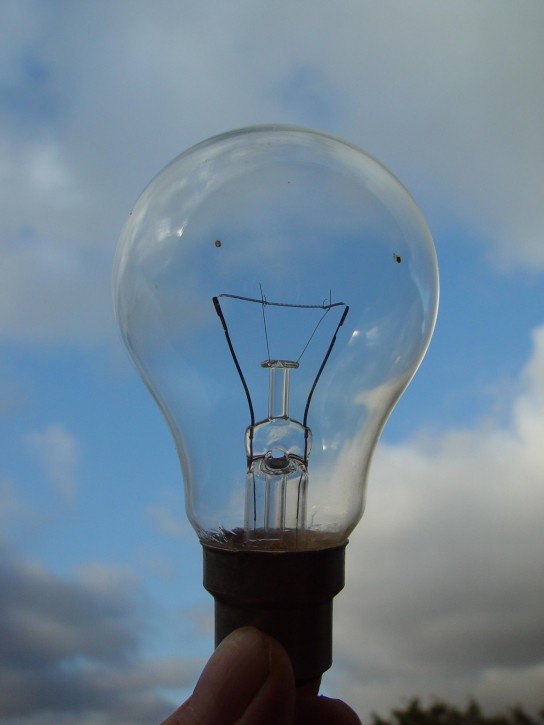
Environmental psychologists and Feng Sui practitioners, coming from two extremely different intellectual traditions, tend to agree on two things:
1) the winter is the most challenging season for human psychology, and
2) the way that an interior is designed can play a strong role in mitigating the impact of this difficult season.
What makes the winter so hard? Two factors seem to contribute: first, that special brand of claustrophobia known as “stir-crazy”; and second, the lack of sunlight. It’s not the cold that truly unsettles us, according to recent medical research – it’s the darkness. The human tendency to get depressed and lethargic in the winter has been studied extensively under the diagnostic name Seasonal Affect Disorder (SAD), and psychologists have had some success in treating SAD with prolonged exposure to full-spectrum light. At the same time, practitioners of the ancient Chinese art of Feng Shui, which is the careful arrangement of interior environments to maximize personal success and fulfillment, have developed techniques to bring what they call yang energy (warm, lively energy) into an interior to balance out the surplus of yin energy (cool, introspective energy) that occurs during the winter. Using the combined wisdom of these two traditions, Blue Door Painters has assembled some simple decorative tips for weathering the winter.
1. Change your interior decor to match the season. Both practically and aesthetically (not to mention energetically, if you’re a Feng Shui enthusiast), arrangements that are designed for the summer -harmonizing with the intense light, warmth, openness, and activity of the long days and sticky heat – will clash with the needs of the winter. In the summer, you want coolness to balance the warmth; in the winter, you want the opposite, and if you keep the exact same decor all year round, you will feel the tension. Even if you only make minor changes in your interior decor to acknowledge the changing seasons, you will benefit psychologically.
2. Maximize light. Now is the time to bring out a few more lamps and mirrors, and to mix in some light-valued colors that will capture and enhance the visible light in your interior spaces. Focus on full-spectrum lights for your primary illumination, because they interact differently with your body’s physiology and protect you more thoroughly against SAD. For corners and nooks in your home that tend to stay in shadows, now is a good time to bring out small lamps, candles, and mirrors, so that the whole of your interior can come alive with light. And never underestimate the power of a skillfully placed mirror, or light-colored, lively painting or wall hanging: direct light sources aren’t the only way to spread light around a room. If you are considering a repaint in the winter, focus on the light-valued colors that will capture and hold whatever natural light the room collects.
3. Maximize warmth. Adding warm-colored accents helps the yang energy circulate in your interior, which is a good antidote to winter’s lethargy. Red, orange, yellow, tan, and brown (provided the brown has more red than blue mixed in) have all been demonstrated to give a psychological impression of warmth, regardless of their actual, physical temperature. Pillows, rugs, draperies, bedcovers, artwork, and even wall and window trim in warm colors can bring life into a room in the heavy winter months.
4. Make it cozy. While you want to maximize light, you also want to make the home feel secure and protected against winter’s cold. This might mean adding some extra layers between your interior and the outside world; heavier draperies, thicker rugs, comforters draped over couches and loveseats, can all enhance the impression of warmth and protection. Having a window open while the sun is shining enhances the light in the room, but having it framed in thick, warm-colored curtains, which can be drawn shut when the light outside grows weak and starts to fade, creates a subtle sense of security.
5. Incorporate nature. We miss the outdoor world when we’re stuck inside, even if we aren’t big outdoor enthusiasts. A few extra houseplants, or skillfully placed paintings or photographs of natural settings, can help us feel more connected to nature and to the coming activity of spring. If the pictures depict winter landscapes, all the better; that way the beauty of winter can be celebrated from the warmth of the indoors.